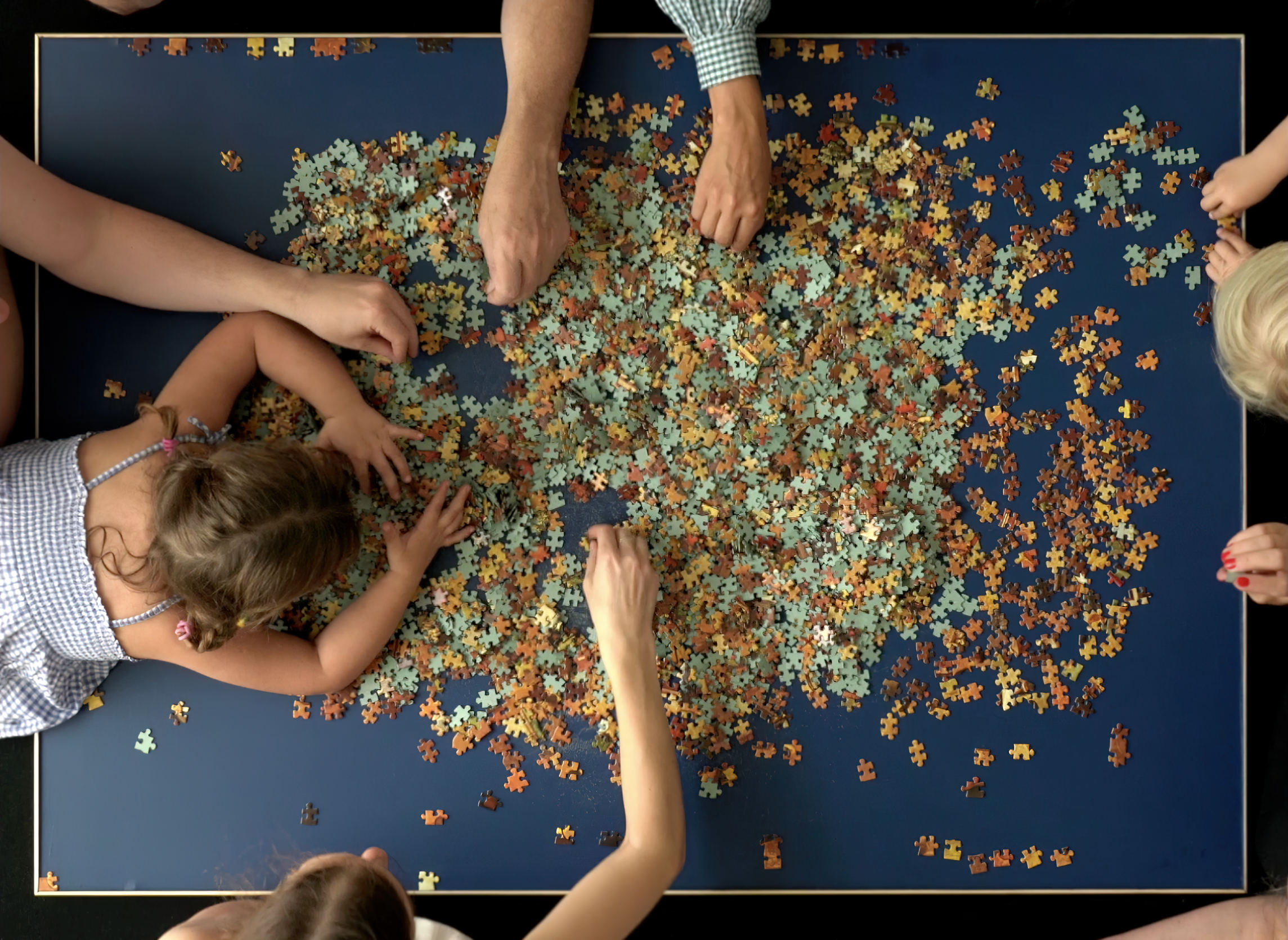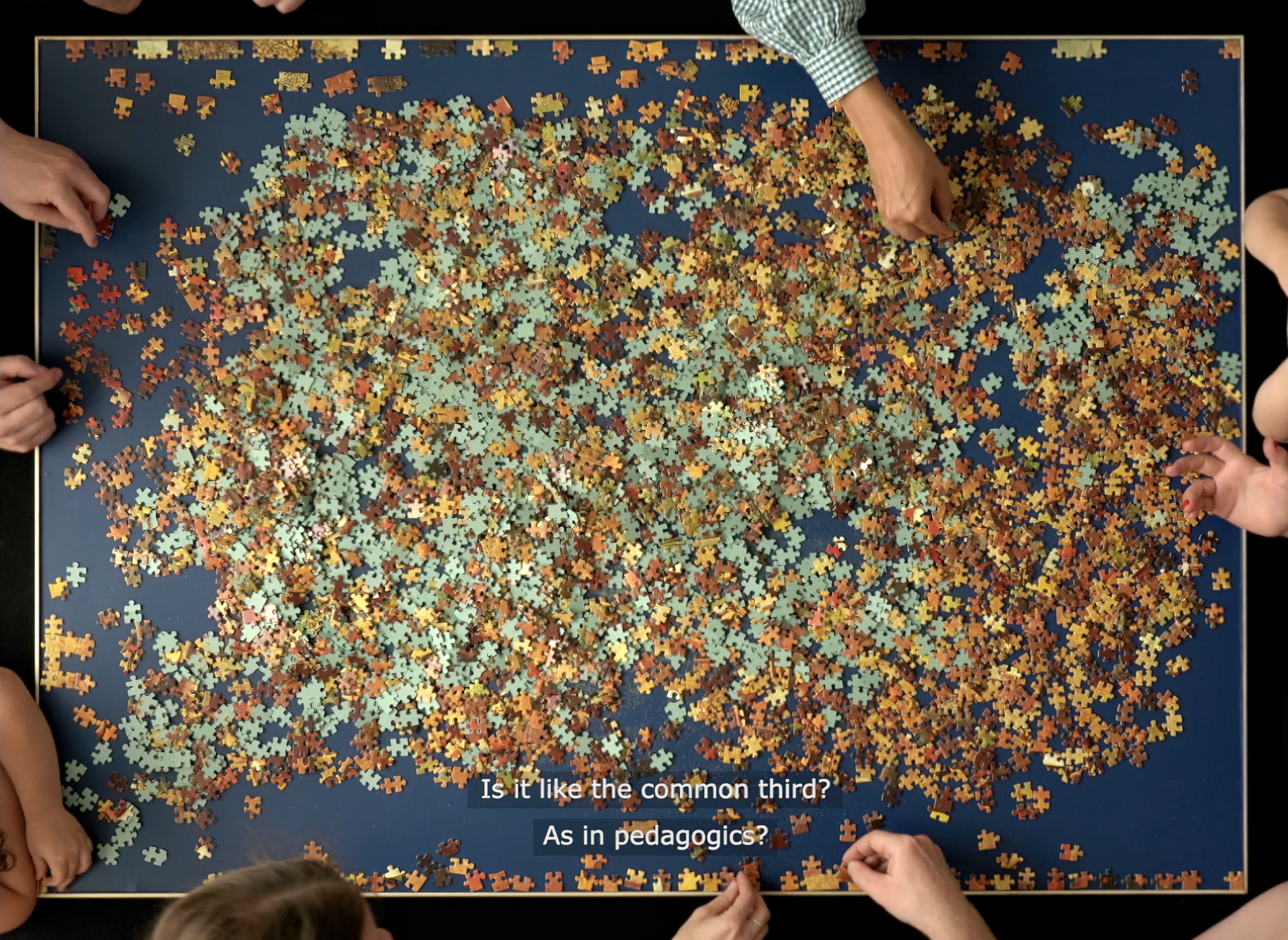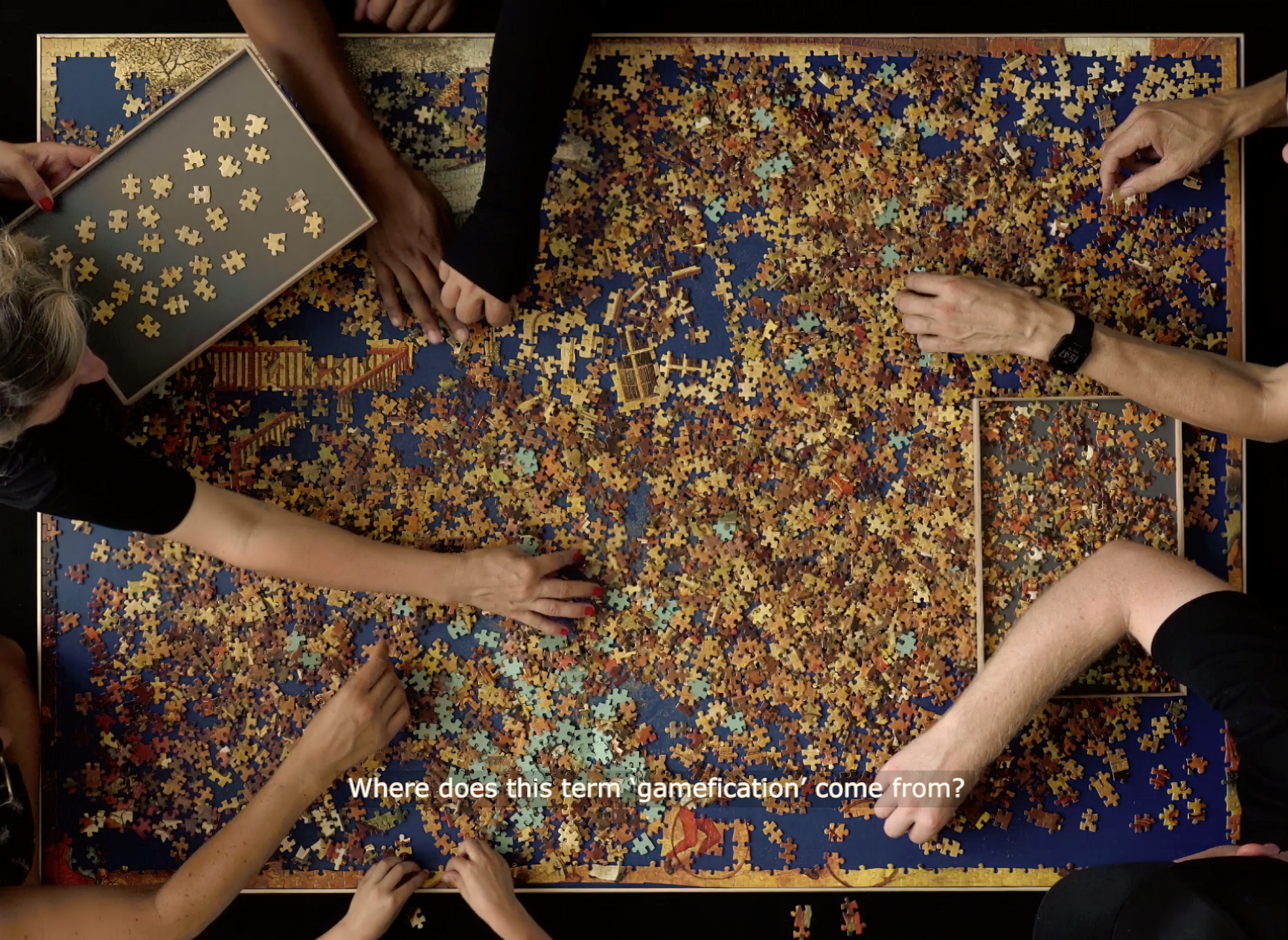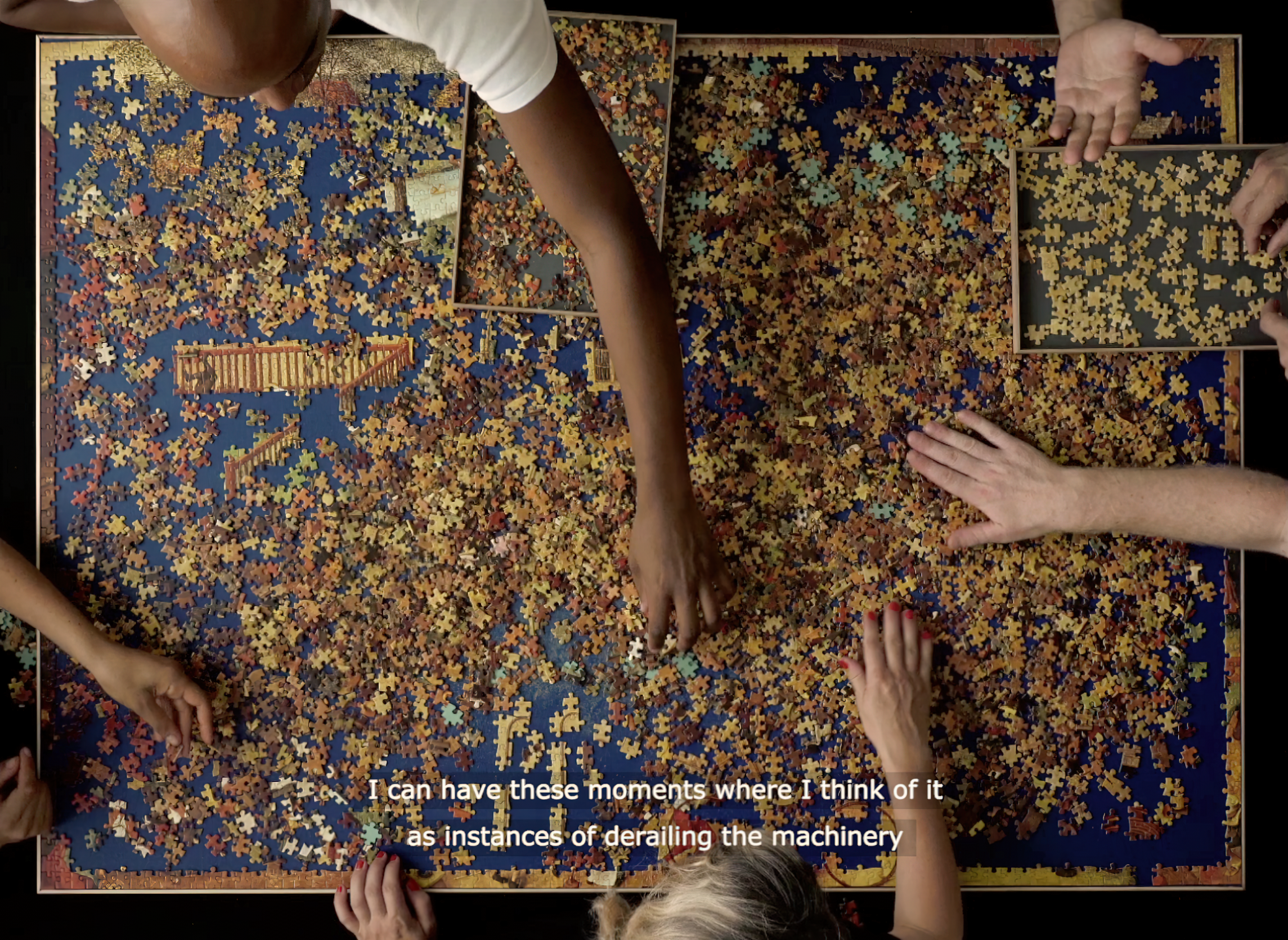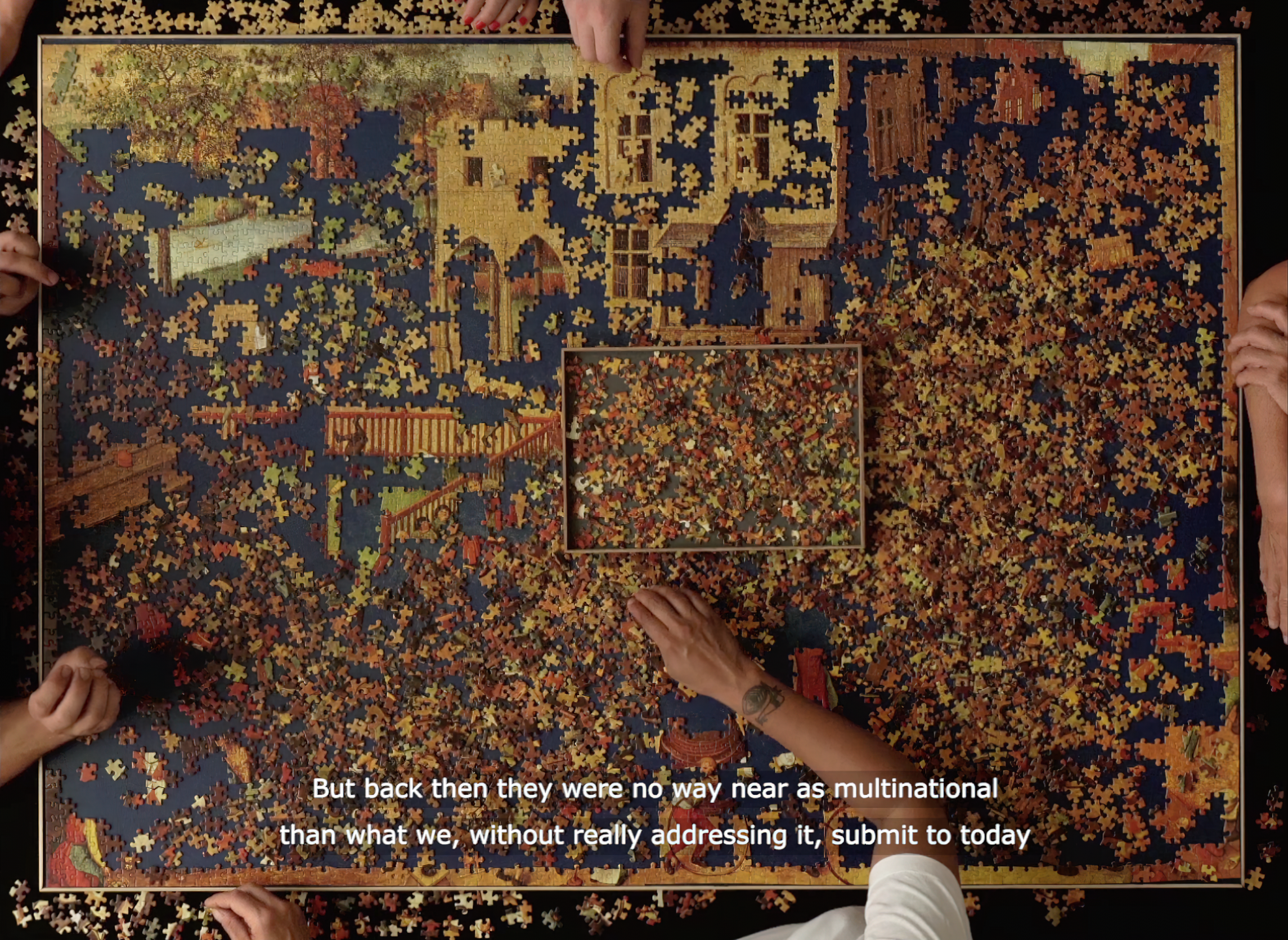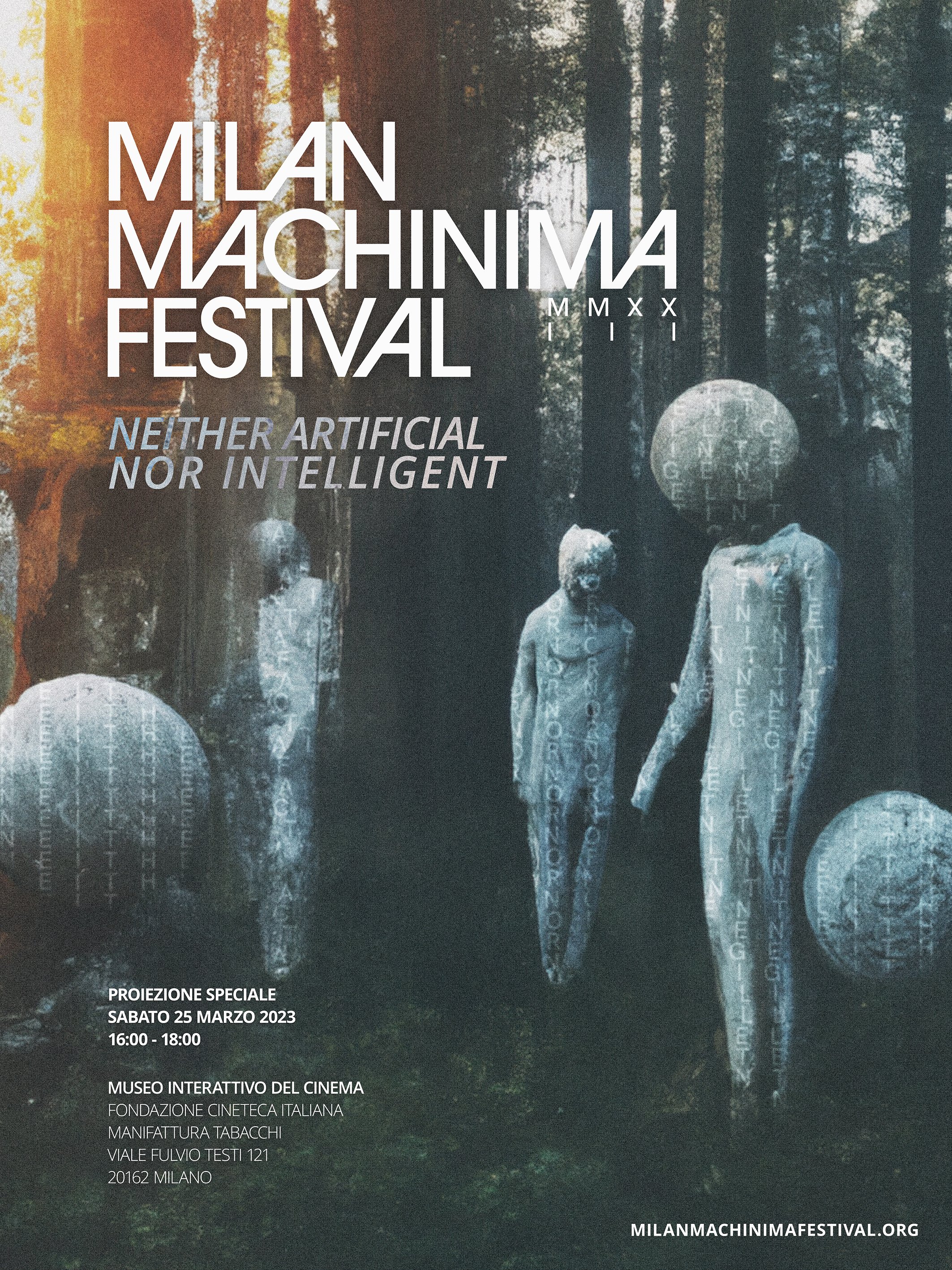“NEITHER ARTIFICIAL NOR INTELLIGENT” IS THE THEME OF THE SIXTH EDITION OF THE MILAN MACHINIMA FESTIVAL
Milan, Italy - Today, January 19 2023, we are delighted to unveil the theme and poster of the upcoming edition of the Milan Machinima Festival which will take place both on site and online between March 19 - 26 2023.
“Neither Artificial Nor Intelligent” (NANI) is how Kate Crawford— research professor of communication and science and technology studies at the University of Southern California and a senior principal researcher at Microsoft Research — describes artificial intelligence in her award-winning book Atlas of AI (2021). According to Crawford, “AI is neither artificial nor intelligent. It is made from natural resources and it is people who are performing the tasks to make the systems appear autonomous.”
Likewise, the new edition of the Milan Machinima Festival will address the growing influence of artificial intelligence on storytelling and visual narrative, but also the rhetoric surrounding this technique. Such a theme is consistent with the current VRAL exhibition, Colossal Cave Adventure - The Movie, created by Thomas Hawranke and Lasse Scherffig with AI-generated visuals. In this case, the AI system receives on an 8 second interval a new textual description taken from Will Crowther’s 1978 Colossal Cave Adventure’s source code and generates a new scene. The question then becomes: Who is the author of Colossal Cave Adventure - The Movie? Thomas Hawranke and Lasse Scherffig? Will Crowther? Stable Diffusion? All of them? None? As this example illustrates, AI-based art raises several questions related to authorship, creativity, originality and more. The 2023 edition of the Milan Machinima Festival will try to address the potential and pitfalls of this technique.
The festival’s poster was designed by Jordy Veenstra, one of the most talented artists working with machinima today. “The initial keywords given to me were NPC and AI”, said the Dutch artist and filmmaker. “In tandem with this year’s theme, my first thoughts were: pseudo-intelligence, digitization, dehumanization, empty shells, algorithms, compulsory movement and/or execution — as in NPC speech and movement —, the contrast between real/fabricated and the visualization of code.“
Consistently with this premise, Veenstra used AI-based tools to generate the artwork. As he explains: “The work was created with the Dall-E AI provided by OpenAI and in my eyes ideally captures this idea. White experimental, dehumanized masses looking like NPCs, with truly absurd poses; just standing there, surrounded by experimental ‘white’ code blobs; simply looking around restlessly and waiting for someone, anyone, to give a quest to, to be useful and to have their code finally executed. To have their own quest completed.”
Patron supporters can access to additional content related to Veenstra’s process in creating this amazing poster. They can also review alternative artworks.
The Milan Machinima Festival MMXXIII takes place between March 19 - 26 2023, online and on site. On March 25 2023, a special screening will take place at the Museum of Interactive Cinema in Milan, Italy.
Tickets are on sale now; seats are limited.
Jordy Veenstra is a video editor, motion graphics designer, 2D animator, and experimental filmmaker based in Amsterdam, the Netherlands. In his practice, Veenstra connects art and narrative with technology and software through the medium of experimental film. His works have been exhibited at the 2020 and 2022 Milan Machinima Festival. His monumental Regression I-III was featured in VRAL S01. His more recent AR3NAE was presented in the ongoing VRAL S03.
Kate Crawford’s Atlas of AI was published by Yale University Press in 2021. The Italian translation, Né intelligente né artificiale. Il lato oscuro dell’IA, was also released 2021 by Il Mulino.
DALL-E and DALL-E 2 are deep learning models developed by OpenAI to generate digital images from natural language descriptions, called "prompts". DALL-E was revealed by OpenAI in a blog post in January 2021, and uses a version of GPT-3 modified to generate images.
Additional information about MMF MMXIII will be shared in the upcoming weeks, so stay tuned.


